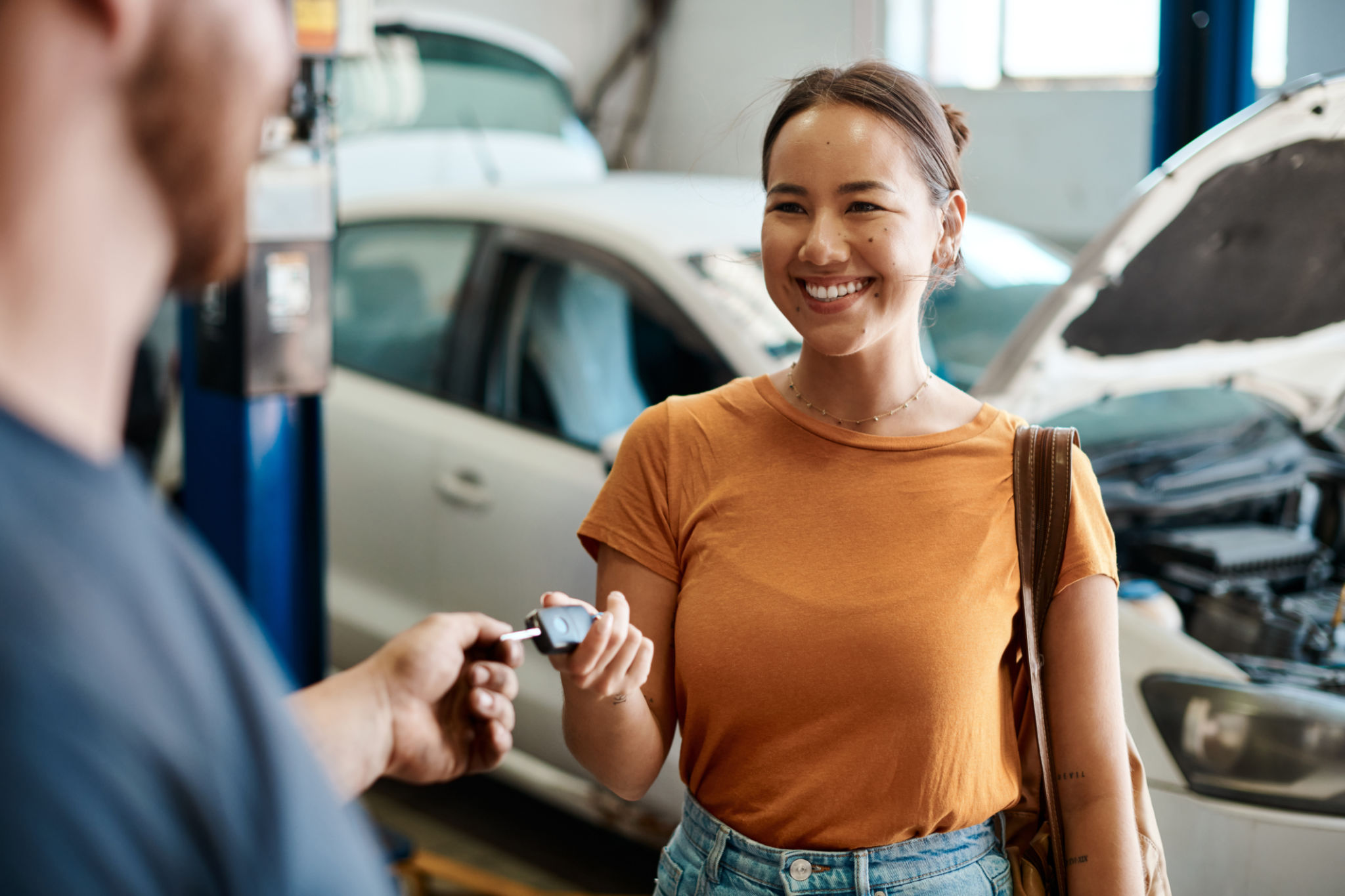Expert Tips for Accurate Vehicle Damage Estimation
Understanding the Basics of Vehicle Damage Estimation
Accurate vehicle damage estimation is crucial for both repair shops and vehicle owners. It involves assessing the extent of damages, calculating the repair costs, and determining the time needed for repairs. Getting the estimation right ensures that the repair process is smooth and that insurance claims are processed efficiently.
One of the foundational steps is to understand the type of damage sustained. This could range from minor scratches and dents to significant structural damage. Recognizing these differences helps in crafting a precise repair strategy and communicating effectively with customers.

Key Components of an Accurate Estimate
An accurate vehicle damage estimate relies on several key components. First, it's essential to have a detailed inspection of the vehicle. This includes both visual checks and diagnostic scans to identify hidden damage. Using a combination of these methods ensures that no detail is overlooked.
The next component involves understanding the vehicle’s make and model. Different vehicles have varying repair needs, and knowing the specifics can influence both the cost and time required for repairs. Furthermore, having a comprehensive knowledge of OEM (Original Equipment Manufacturer) parts versus aftermarket parts can impact the estimate's accuracy.
Role of Advanced Technology in Estimation
Technology plays a significant role in modern damage estimation. Advanced software tools can assist in generating precise estimates by providing data on labor rates, parts pricing, and repair procedures. Utilizing these technologies not only speeds up the estimation process but also enhances accuracy.

Communicating with Customers
Effective communication with customers is vital during the estimation process. It's important to explain the findings clearly and provide a breakdown of the repair costs. Transparency builds trust and ensures that customers understand what they are paying for.
In addition to verbal communication, providing a detailed written estimate can be beneficial. This should include all identified damages, necessary repair actions, and associated costs. A well-documented estimate serves as a reference point for customers and can prevent misunderstandings later in the repair process.
The Importance of Continuous Learning
The automotive industry is ever-evolving, with new models, materials, and technologies emerging regularly. Staying updated with the latest trends and repair techniques is essential for accurate damage estimation. Engaging in continuous learning through workshops, seminars, and industry publications helps professionals maintain their expertise.

Tips for Enhancing Estimation Accuracy
To improve estimation accuracy, consider implementing a checklist approach. This ensures that all areas are inspected systematically, reducing the chances of overlooking any damage. Additionally, collaborating with experienced colleagues for second opinions can provide valuable insights.
Another tip is to keep a record of past estimates and their outcomes. Reviewing these can help identify patterns or common errors, allowing for adjustments in future estimations. Learning from past experiences is a powerful tool for improving accuracy over time.
Conclusion: The Path to Mastery
Mastering vehicle damage estimation takes time and dedication. By understanding the basics, leveraging technology, communicating effectively, and committing to continuous learning, professionals can achieve accurate estimates consistently. This not only benefits repair shops but also enhances customer satisfaction and aids in efficient insurance processing.
